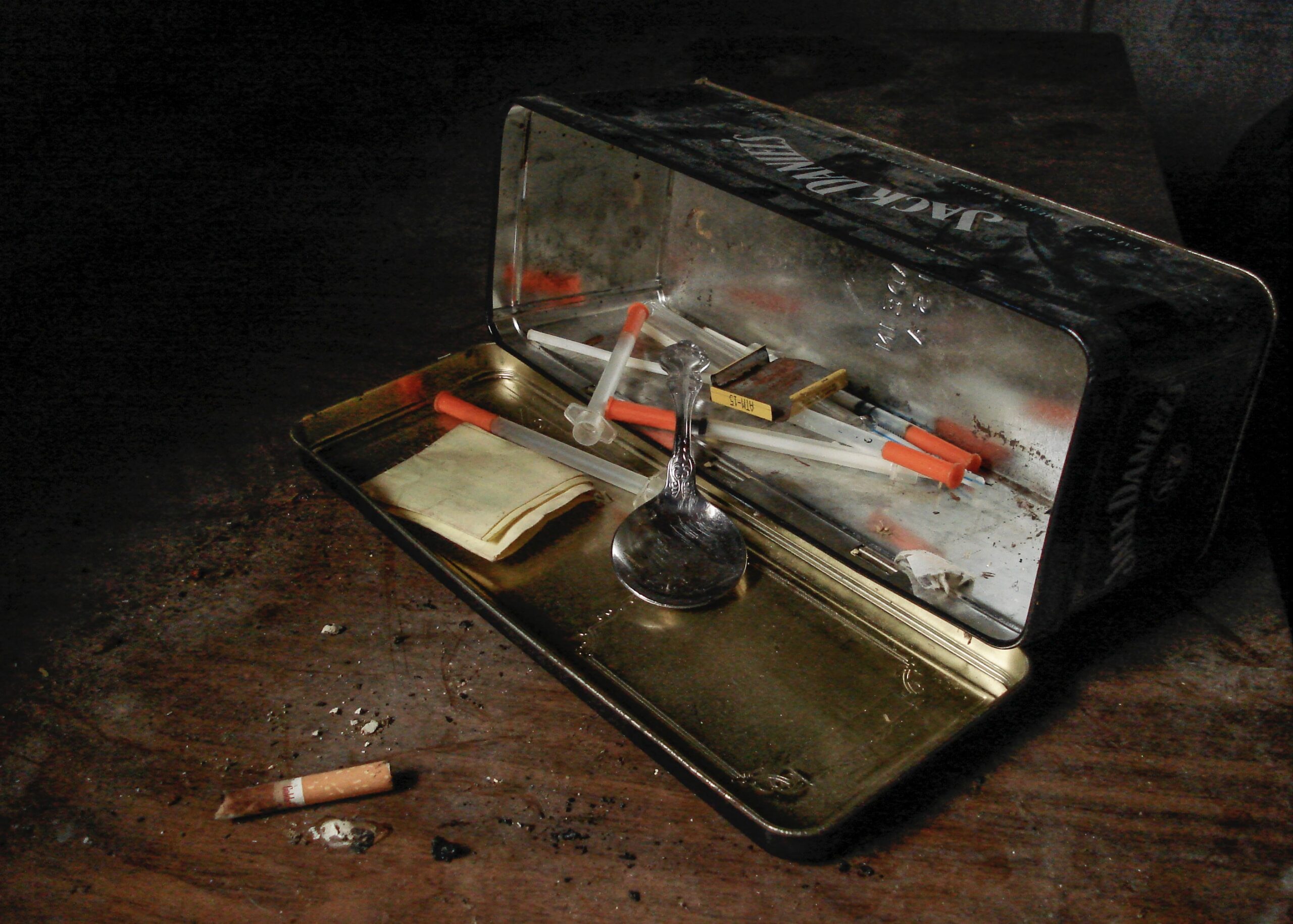Deaths related to cocaine and meth in the United States are at an all-time high, up 1400% from 20 years ago according to the National Institute on Drug Abuse.
There is no doubt that both crack and meth are terrible drugs with adverse side effects. Yet, people still go back to drugs again and again.
Why? Both drugs are extremely addictive stimulants with a euphoric effect.
This article outlines the differences and similarities of crack vs meth, their side effects, and ultimately, the best treatment options for each.
Overview
Both crack and meth have similar effects on the brain and central nervous system that give users more energy and alertness. Because they both look similar in their powdered forms and are extremely addictive, many people confuse the two drugs. However, there are distinct differences between the two.
The differences include:
- Length of the effects
- Visual appearance
- Long-term effects
- Origin
Before we discuss the differences of crack vs meth, let’s dive into each one individually first.
What Is Crack?
Cocaine is made from the coca plant in South America. Crack cocaine is the crystallized form of cocaine.
To get this form of cocaine, it is usually cooked with baking soda or ammonia. It is then heated and smoked by its users in a crack pipe.
After smoking crack, the person will immediately have a rush which usually only lasts a short 15 minutes. Because of its potency, the user may become addicted on their first use and go back for more.
The high is a burst of quick energy and euphoria, but the other short-term effects are overtly negative.
Some of the negative side effects of crack include:
- Respiratory issues
- Irregular heartbeat
- Depression
- Convulsions
- Heart attack
- Stroke
- Internal bleeding
- Seizures
What Is Meth?
Crystal methamphetamine is a stimulant that is manmade and often mixed with toxic chemicals, which makes it extremely dangerous.
To make it cheap, many people make meth in their basements and homes, which makes it even more dangerous to its users because of the unknown ingredients.
Crystal meth is a drug that can be snorted, injected, swallowed, or smoked. Once meth enters the body, it quickly attacks the hosts’ nervous system and its normal functioning. This then creates a euphoric effect in the body, giving the user a false sense of happiness and well-being, or the similar euphoria to crack cocaine.
In order to avoid a crash after using meth, many people begin binging on meth. While this keeps them in a state of being high, they often lose their appetites and do not eat during this time. This is one of the most dangerous parts of meth use, often referred to as “tweaking.”
Although users constantly return to abuse meth because of the short-term euphoria, there are many health risks and long-term effects.
These include, but are not limited to:
- Paranoia
- Psychosis
- Damage to the brain
- Aggression
- Mood swings
- And more
Crack vs Meth
Short Term Effects
- The biggest difference between the two drugs is the amount of time they stay in the body. Crack’s effects are very short-lived and only last about 10-20 minutes. Meth’s euphoric effect can last for up to a few hours, but paranoia can continue for up to 24 hours.
Effects on the Body
- Meth’s side effects are worse because the drug is more toxic and dangerous to the human body than crack due to its manmade ingredients.
- Meth causes users to grind their teeth, which can result in a condition known as meth mouth (the decaying of your teeth and gums).
- Meth also causes hallucinations, which can leave people scratching at their skin and ultimately leave sores.
- Because meth lasts longer, the concentration of dopamine in the brain is greater and eventually can lead to devastating effects on memory.
Origin
- Crack originates from the coca plant in South America, while meth is a manmade drug.
Treatment Options
Recovery from the abuse of crack and meth is possible but comes with its own struggles. The best way to get help is to immediately enter a medical drug detox center. These centers offer constant supervision and help ease any withdrawal symptoms a person may face.
In addition to inpatient centers, partial hospitalization programs are also around to give people structure with some freedom. According to Recovery Village, research shows that partial hospitalization programs reduce substance abuse and mental health comorbidities at a lower cost than inpatient services. Their demand has been on the rise.
For those that can maintain their own stability during rehab, there is also an option for a residential rehab facility or outpatient facility. This gives more freedom to those recovering if treatment is not needed as urgently.
With so many different therapy options and rehabilitation programs, Realign Detox offers various therapy options to help recovering people. Nexalin and NAD treatments are their main form of therapy to make their patients comfortable while helping them recover.
Treatment does not need to end with rehabilitation. It continues on through sober living and healthy lifestyle choices. There are programs around to help with this lifestyle as well.
Get Help Now
If you’re struggling from addiction to meth or crack, or you know someone who is, recovery is possible. It is crucial to help immediately.
Knowing that it’s not easy or comfortable to recover from addiction, Orange Country Realign Detox makes it as comfortable as possible. They know the differences between crack vs meth and work to detox in hopes that relapse does not occur.
To find out more about meth treatment at Realign Detox, click here.


